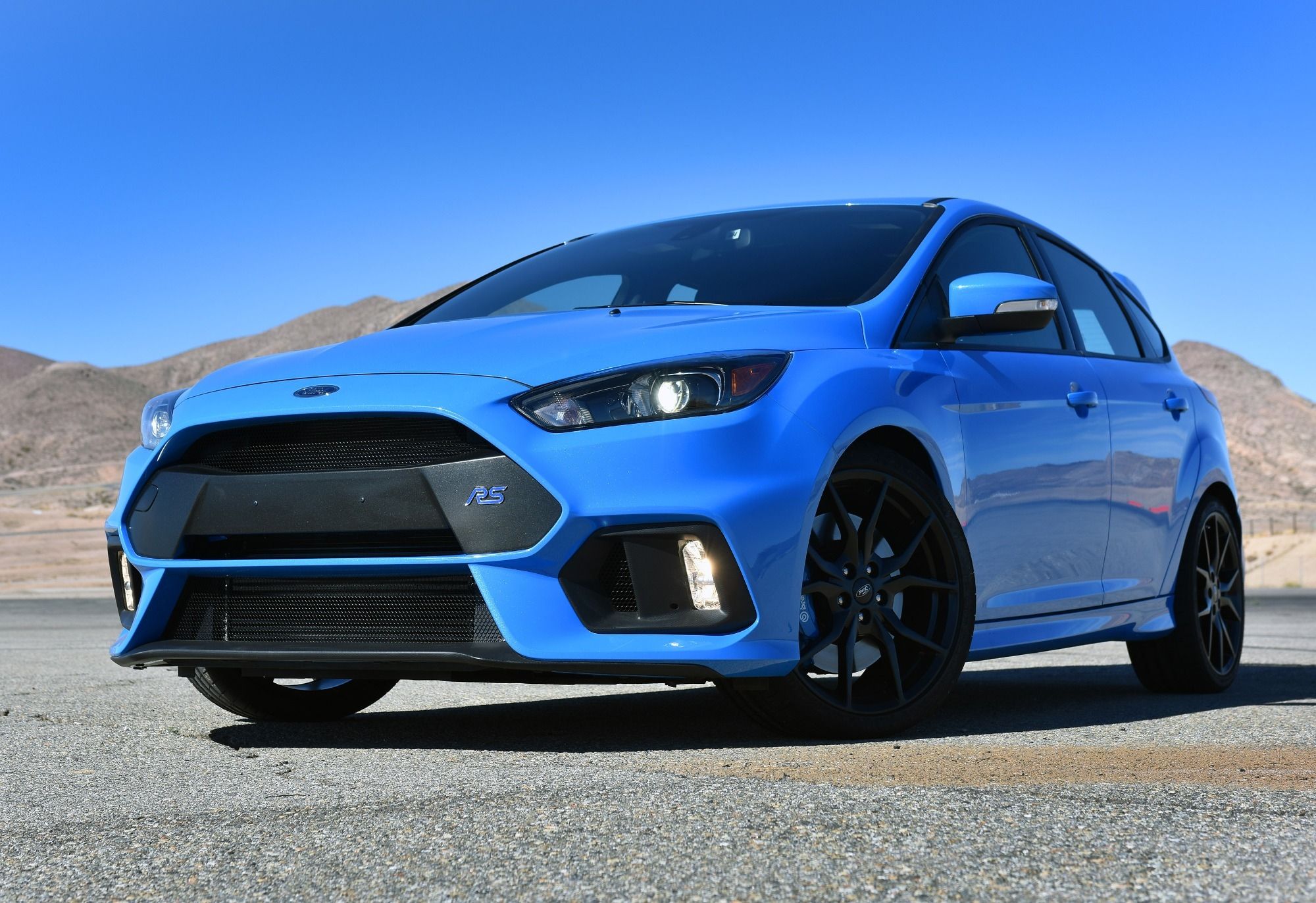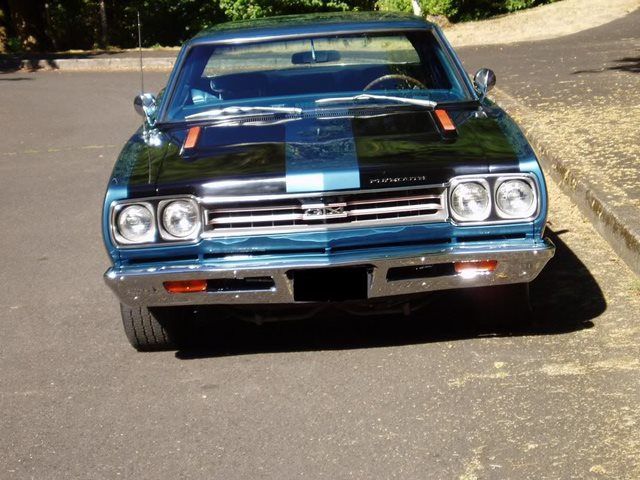
For those who grew up in the 1980s and '90s, Plymouth was an unexciting brand without any decent product, the exception being the Prowler. Other than that, Plymouths were simply rebadged Dodges (the Voyager and Duster) and even a Mitsubishi (Laser). So it was really no surprise that Chrysler ultimately decided to shut down the brand back in 2001. From the get-go, it was Chrysler's entry-level brand since its founding in 1928. During its first decades, Plymouth was a key player in helping Chrysler survive the Great Depression by keeping sales afloat.
Times were tough but models such as the Deluxe, Standard Six and Plymouth Six sold very well. In 1939 alone Plymouth built over 417,000 cars, many of which were coupes that came with the popular rumble seats. In fact, a Plymouth convertible coupe was displayed at the 1939 World's Fair. Although it may sound hard to believe for some youngsters, Plymouth, along with Ford and Chevy, became one of the best-selling brands in America from the 1930s until the '60s. Chrysler also used Plymouth as sort of its experimental brand, even going as far as trying to build a turbine-powered prototype.
Despite being that lack of success, Plymouth still offered buyers more for less, kind of like Hyundai and Kia today. Examples of this include optional V8s, trendy exterior styling and models such as the Barracuda and GTX. The history of the Barracuda is well known, but the GTX is one of those muscle cars that's sometimes forgotten. Introduced in 1967, it was first known as the Belvedere GTX. More specifically, Plymouth wanted it to be the "gentlemen's muscle car". Known for its combination of great styling and solid performance, power originally came from a 440 cu in 7.2-liter V8, also known as the "Super Commando 440."
It produced a total of 375 horsepower and for just an extra $546 more, buyers could swap out that engine for the 426 cu in 7.0-liter Hemi V8. After just one year on the market, Plymouth gave the GTX a redesign with a curvier body replacing the boxy look. Although engine options remained the same, buyers could now opt for a convertible instead of just a coupe. This helped the GTX's sales when compared to the Road Runner, which was only available as a coupe. The following year, however, GTX sales began to decline because a convertible Road Runner went on sale.
As such, 1969 ended up being the final year for the GTX convertible. In 1970 the GTX received a minor refresh in an effort to make it look different from the strong selling Road Runner. By 1971, its final year of production, Plymouth gave the GTX a redesign but it was simply too little too late. Due to both Road Runner sales and increasing insurance rates on muscle cars, the GTX was discontinued. This 1969 Plymouth GTX coupe is actually rare due to its automatic transmission option, of which just 98 units were built with that year. Completely restored in 1997, it's still show quality today with its paint, chrome work and stainless steel all in great condition.
However, this GTX is not a matching numbers car but it does have a correct 1969 unstamped Hemi block. The seller does have a complete vehicle history going back five owners along with paperwork including the build sheet. Powered by the 426 Hemi V8, it has a total of 117,471 miles on the odometer - only 2,843 of which were put on since the restoration was completed. The blue leather upholstery is also in fantastic shape as is the rest of the interior. As of this writing, the reserve price hadn't been met yet and the current bid was just over $45k.

